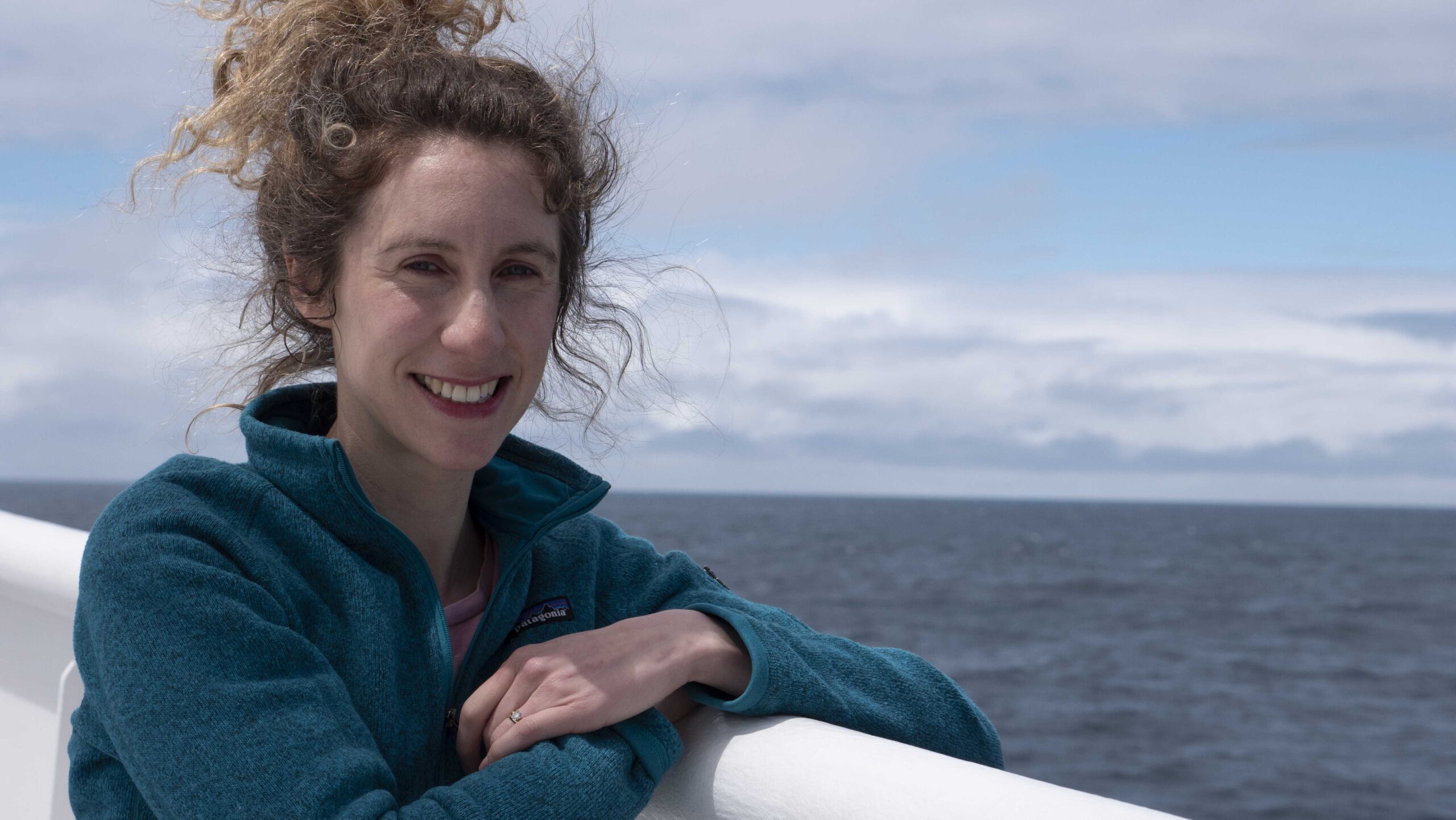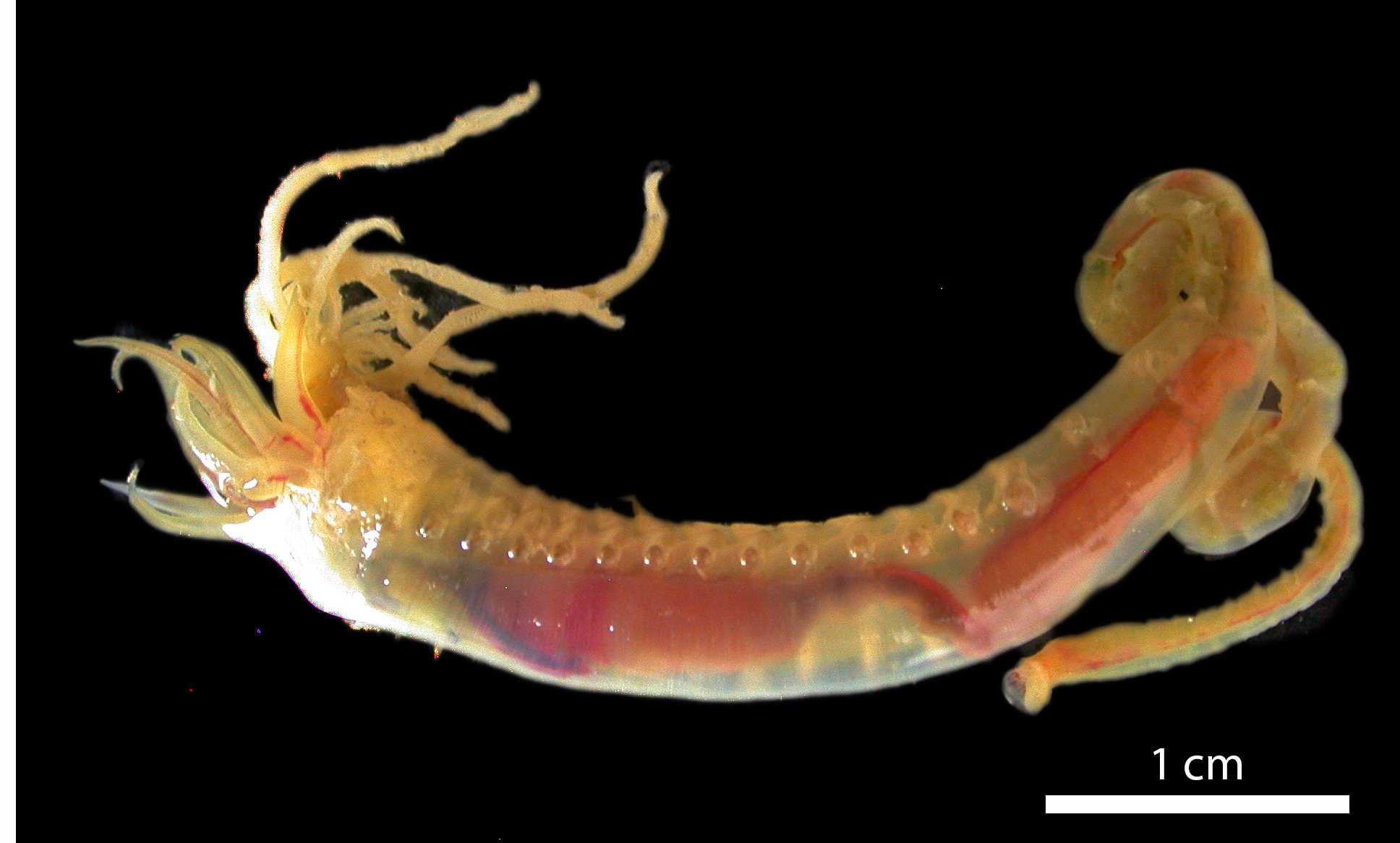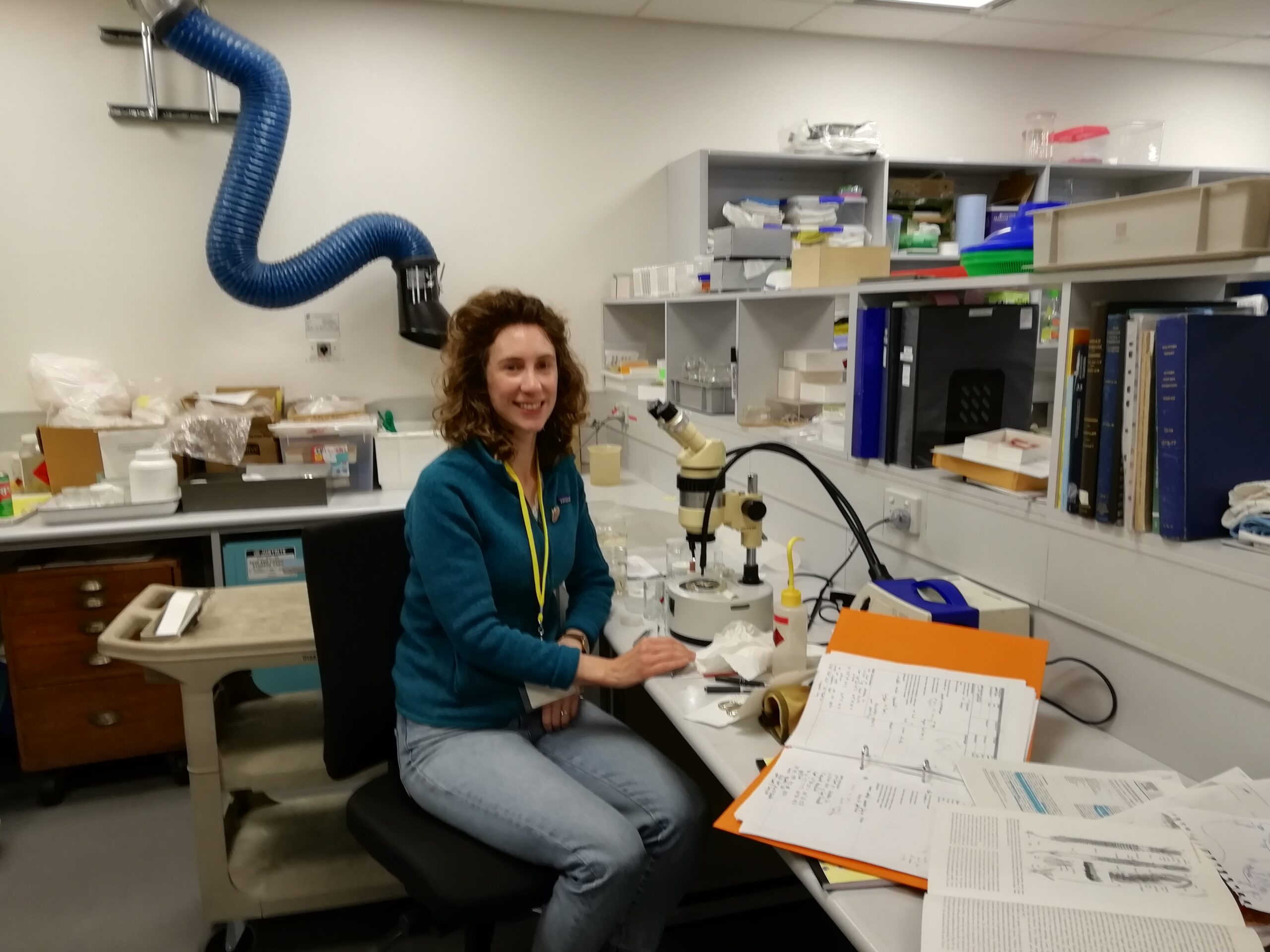Awardee Name: Dr Laetitia Gunton
Institution: Australian Museum
Title of project: Collaborative visit to Museums Victoria (in Melbourne, Australia) to expand capacity on deep-sea annelids
Dates of project: 14th to 19th October 2019
Awardee Profile: Laetitia is the current Chadwick Biodiversity Fellow at the Australian Museum Sydney. Her research uses the museum collections to understand species diversity, distribution and connectivity in the Australian deep-sea environment. Her area of taxonomic expertise is the phylum Annelida, particularly the class Polychaeta.

Awardee Report
Museums Victoria is a hub of deep-sea biology research in Australia. The museum holds a historically large collection of deep-sea material from many regions around Australia. However, due to lack of funding the majority of annelid worm specimens have not been worked on or identified past family level (at best) since their collection.
The Dive Deeper Research Bursary enabled me to travel to Melbourne in October 2019 for one week and work closely with the Marine Zoology Department at Museums Victoria.
During my visit I studied specimens collected from the Indian Ocean off the Australian west coast, from >800 m water depth, an area from which we have very few records. I sorted through and updated the names and identifications of 37 lots from the family Ampharetidae, this included 103 specimens most of which I designated a binomial species name or OTU. These identifications were then updated in the Museum’s electronic database, where the data are publicly available and accessible to other researchers. This new information fills a geographical gap in our understanding of Australian deep-sea annelids.

On the last day of my visit I had the opportunity to present my research to the museum’s Science Department. After my talk, a colleague showed me where more unsorted deep-sea worms were stored in the museum’s collections, these specimens would be very interesting to sort through (for a future visit).
The collaborative visit was an excellent opportunity for me to work alongside Dr Robin Wilson, improve my annelid taxonomic skills (Dr Wilson has an excellent knowledge of Australian annelids) and add important data to the Melbourne collections and deep-sea research in Australia. It was interesting to see how another museum and laboratory operates. Furthermore, I was able to meet many new colleagues working at Museums Victoria and other visiting researchers from France, Poland and New Zealand. A highlight of my visit was the departmental Friday social drinks, which was great way to round off the week.

My future plans are to combine the data generated from this visit with my exiting studies on deep-sea annelids from the eastern abyss to understand annelid distribution around Australia.
I am extremely grateful to the Deep-sea Biology Society for providing me with the funds to travel to Melbourne, and for the support of my colleagues at Museums Victoria. I strongly encourage others to apply for a Dive Deeper Research Bursary.

